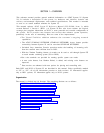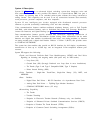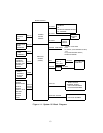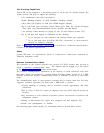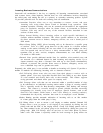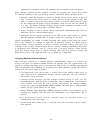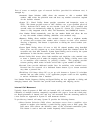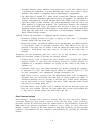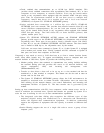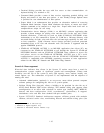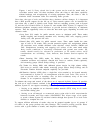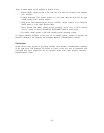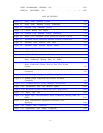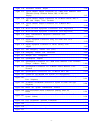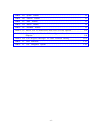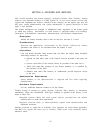● Circuit switched data communications up to 19,200 bps (RS232 interface). This
provides circuit switched connections from asynchronous data terminals, PCs, or host
computers to host computers or network facilities. Users can be located and/or
moved to any on-premises office equipped with the standard AT&T four-pair wiring
plan. Thus an asynchronous terminal or PC can have access to multiple host
computers, remote data bases via a modem pool, and a local area network
(STARLAN) via System 25’s STARLAN NETWORK gateway.
● Packet switched data connections at 1 million bps over AT&T’s STARLAN
NETWORK local area network. This provides data transfer between client PCs and
servers (PCs/host computers/printers, etc.) on the local area network (LAN). LAN
users can be located and/or moved to any on-premises office equipped with standard
AT&T four-pair wiring.
The LAN allows PCs to share facilities (printers, disk
systems, modem pools, etc.)
● System 25’s STARLAN NETWORK ACCESS software and STARLAN NETWORK
gateway provide access to the STARLAN NETWORK for off-premises and occasional
on-premises users. These users do not need to install a Network Access Unit (NAU)
in their PCs to use the STARLAN NETWORK ACCESS software. The data transfer
rate is limited to 9600 bps or, for off-premises users, by the modem.
LAN users can access hosts connected to System 25, or, if their System 25 is equipped
with a modem pool, remote hosts.
Finally, terminals and PCs connected to System 25
data ports can access host computers on the LAN.
Frequently a user needs to access a LAN data base at or from a remote location (home,
motel, client office, branch, etc.). To support out-of-building access to computer data over
network facilities or OPS lines, System 25 provides the following features.
●
Modem pooling allows data terminals to communicate over analog facilities utilizing
the standard dialing plan and provides full access to all network facilities, cost
control
mechanisms, ARS, and
incoming
call
management
tools
(DID/attendant/DGC, etc.).
● Transfer to data allows a data call to be set up on a voice terminal and then be
transferred to a data terminal or computer.
This feature can also be used to enter an
account code for the data call.
●
The System 25 STARLAN NETWORK gateway allows the LAN environment to be
extended to occasional users or remote locations.
Off-premises users can access the
LAN utilizing all the network features, cost control mechanisms, and incoming call
management facilities of System 25.
The data transfer rate is governed by the
modem.
Setting up data communications with PCs, host computers, and/or remote access can be a
source of confusion for occasional users.
Special data features are provided by System 25 to
assist the user in utilizing its rich set of data communications capabilities.
●
The integrated voice-data dialing plan recognizes the different types of data
endpoints (digital/ analog and remote/local) in a connection and automatically
inserts the required data communication equipment.
In addition, autobauding
supports the alignment of equipment with the capacity to transmit at different data
rates.
● Station Hunting supports the use of a single dial code to access a group of host
computer ports.
1-9



